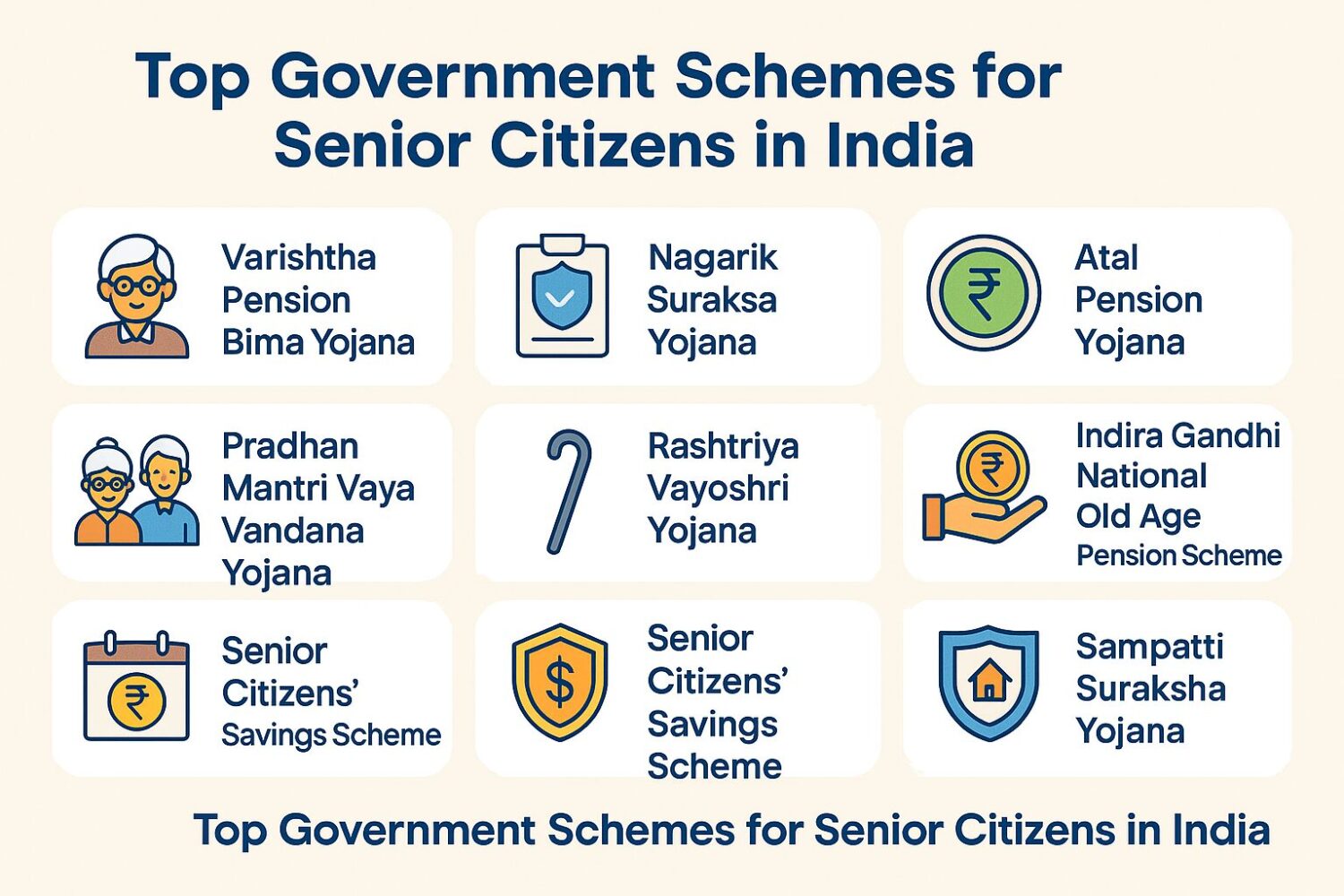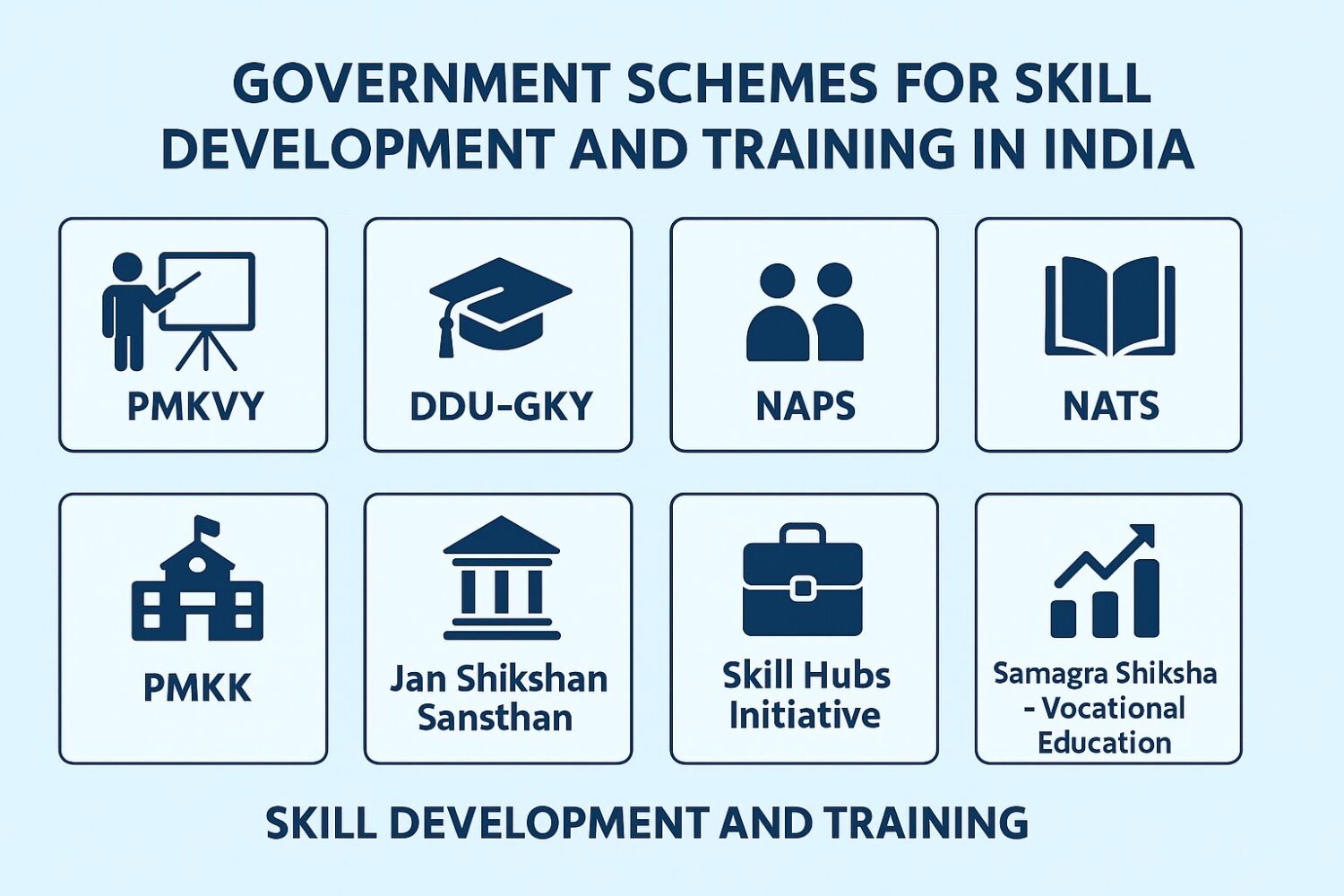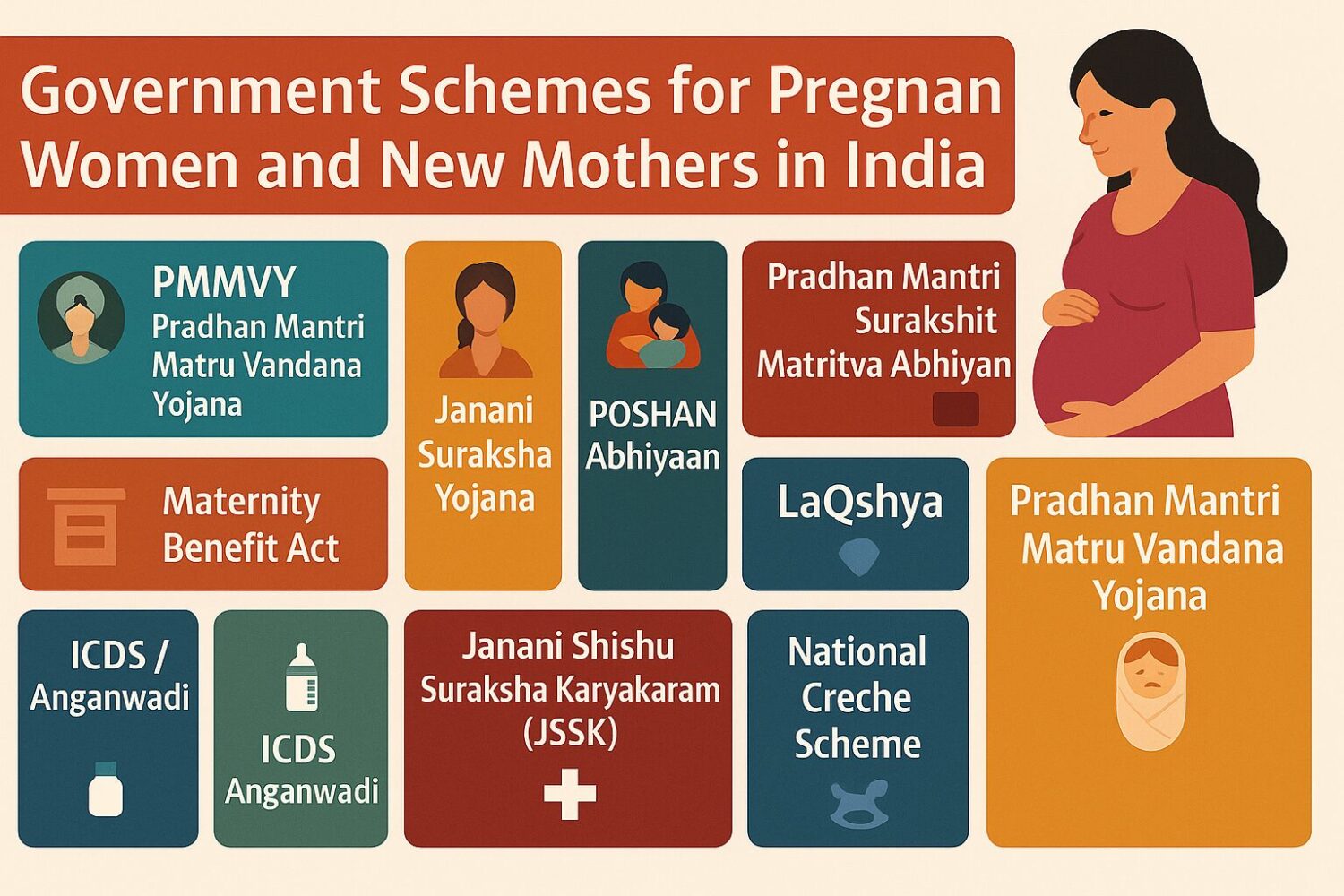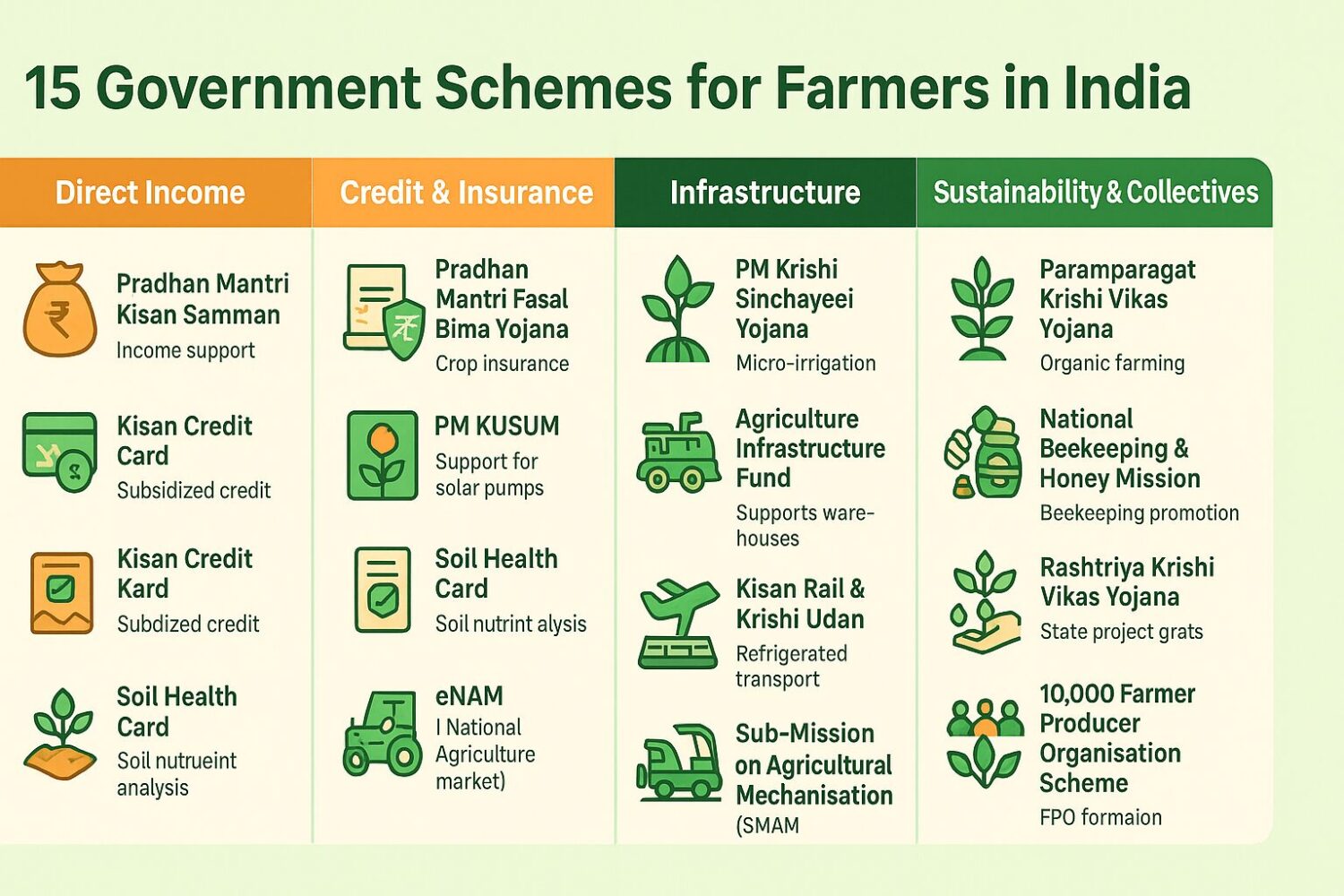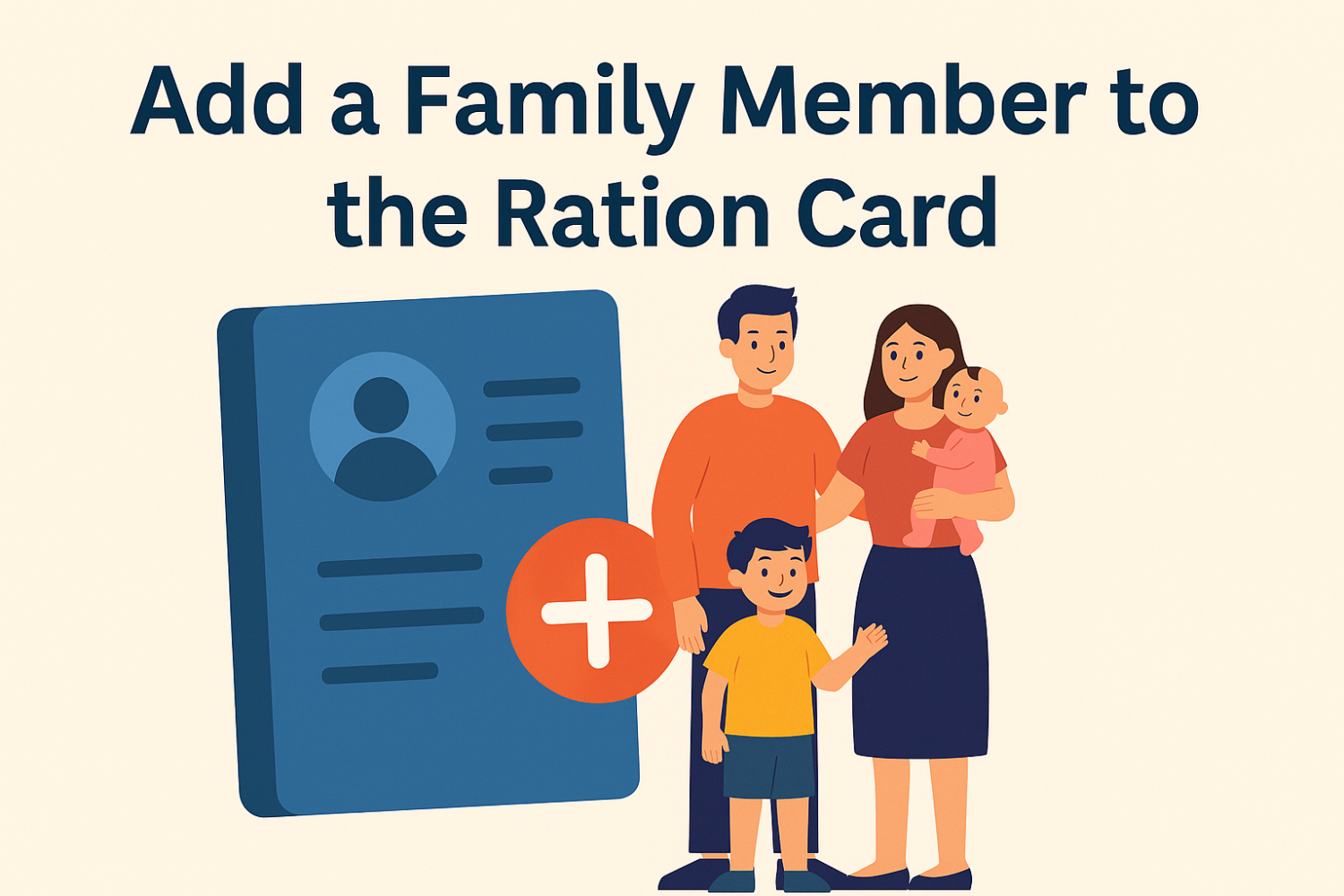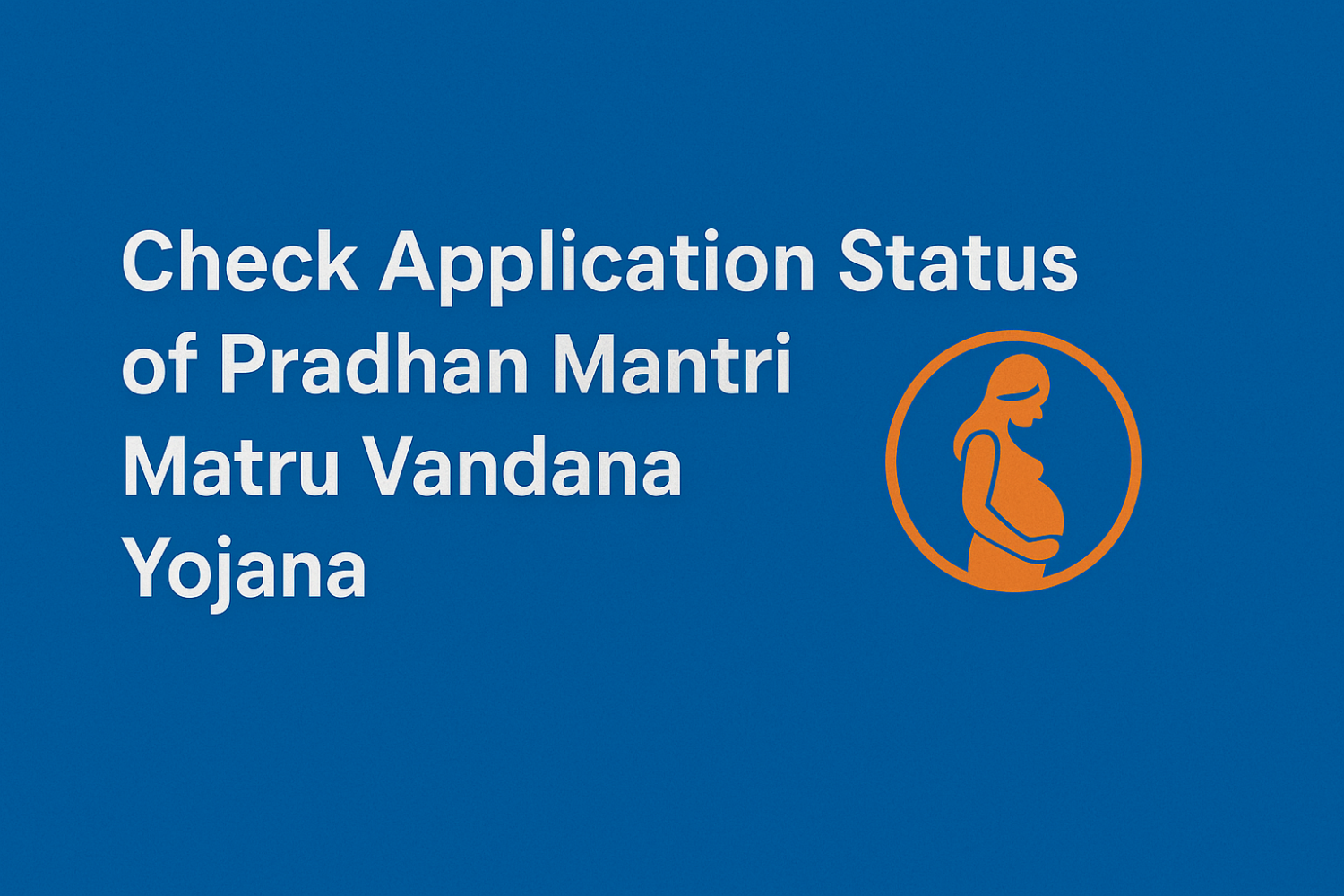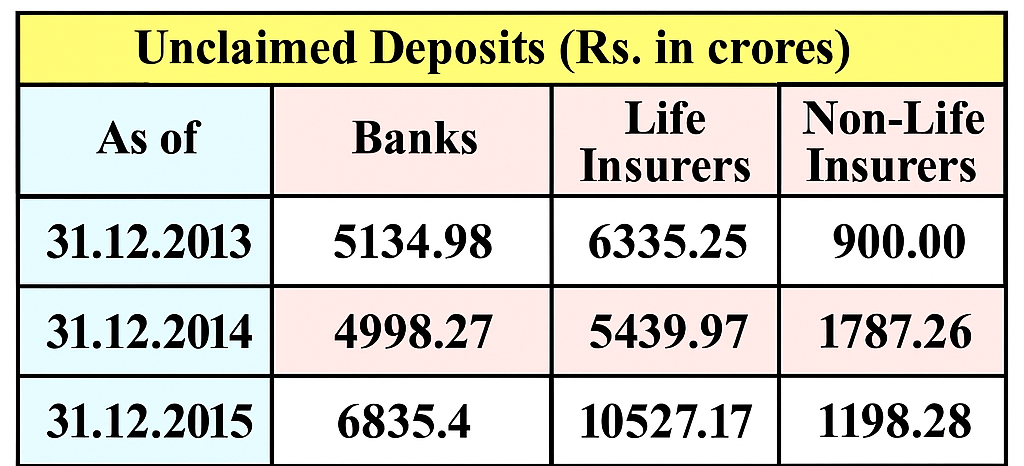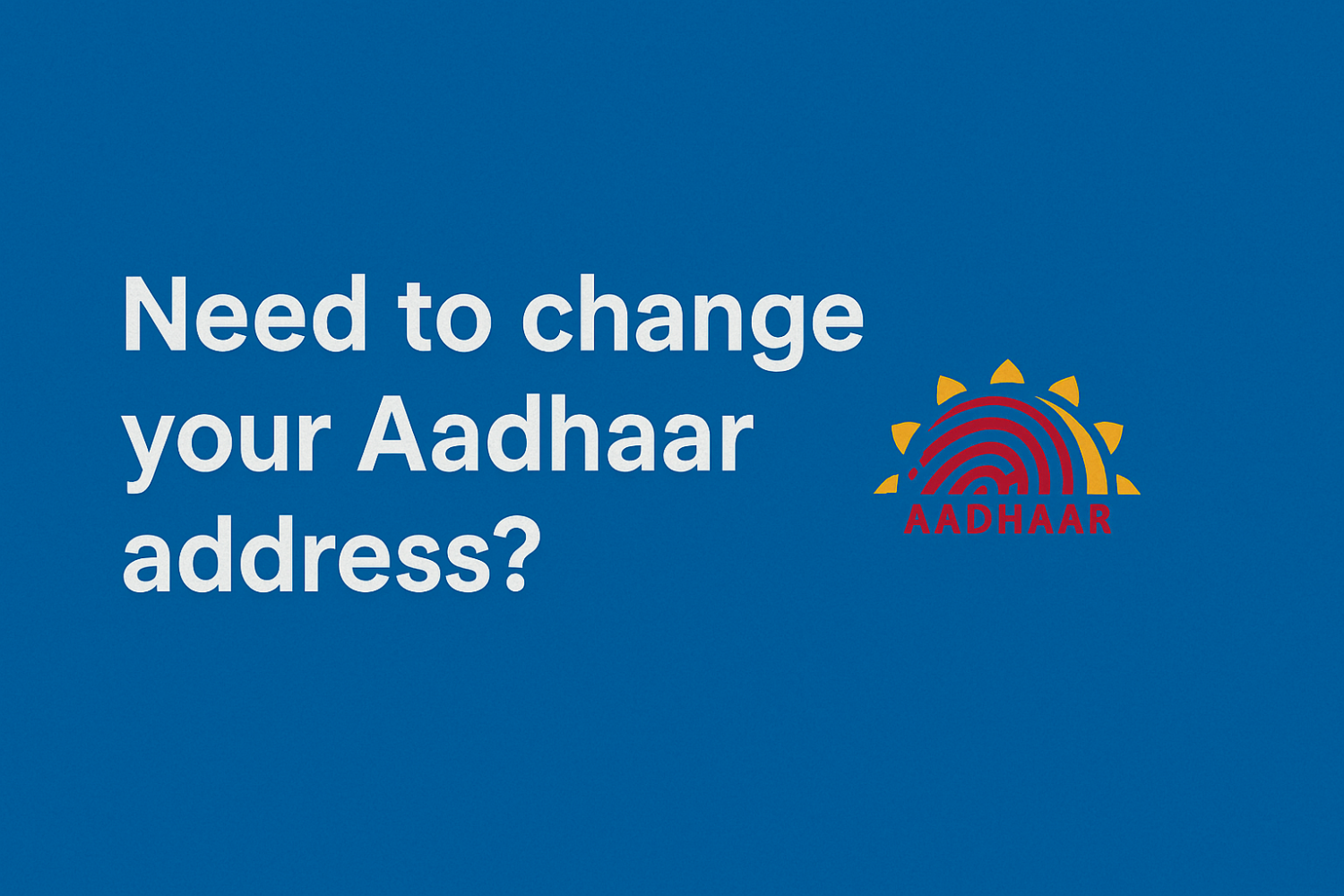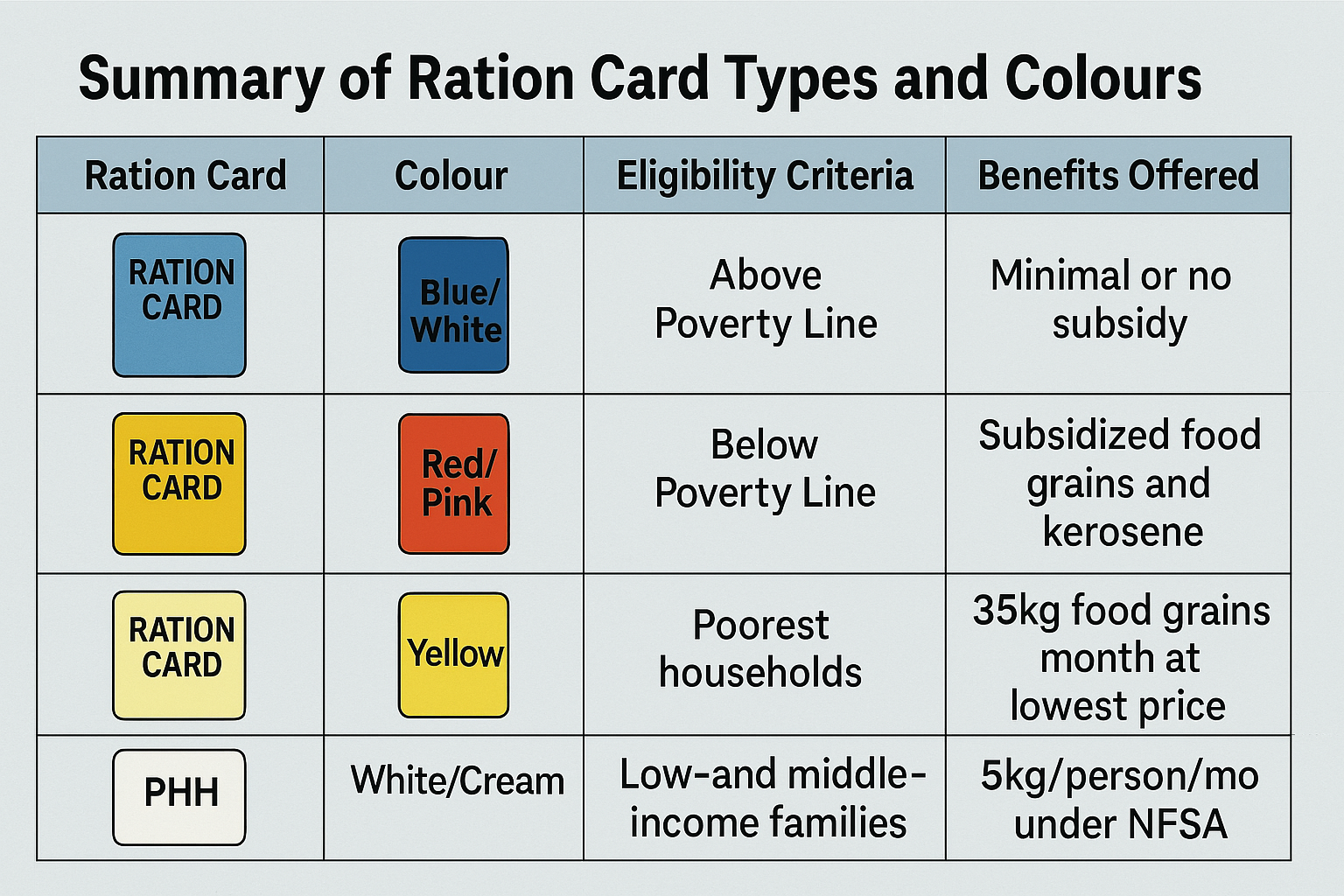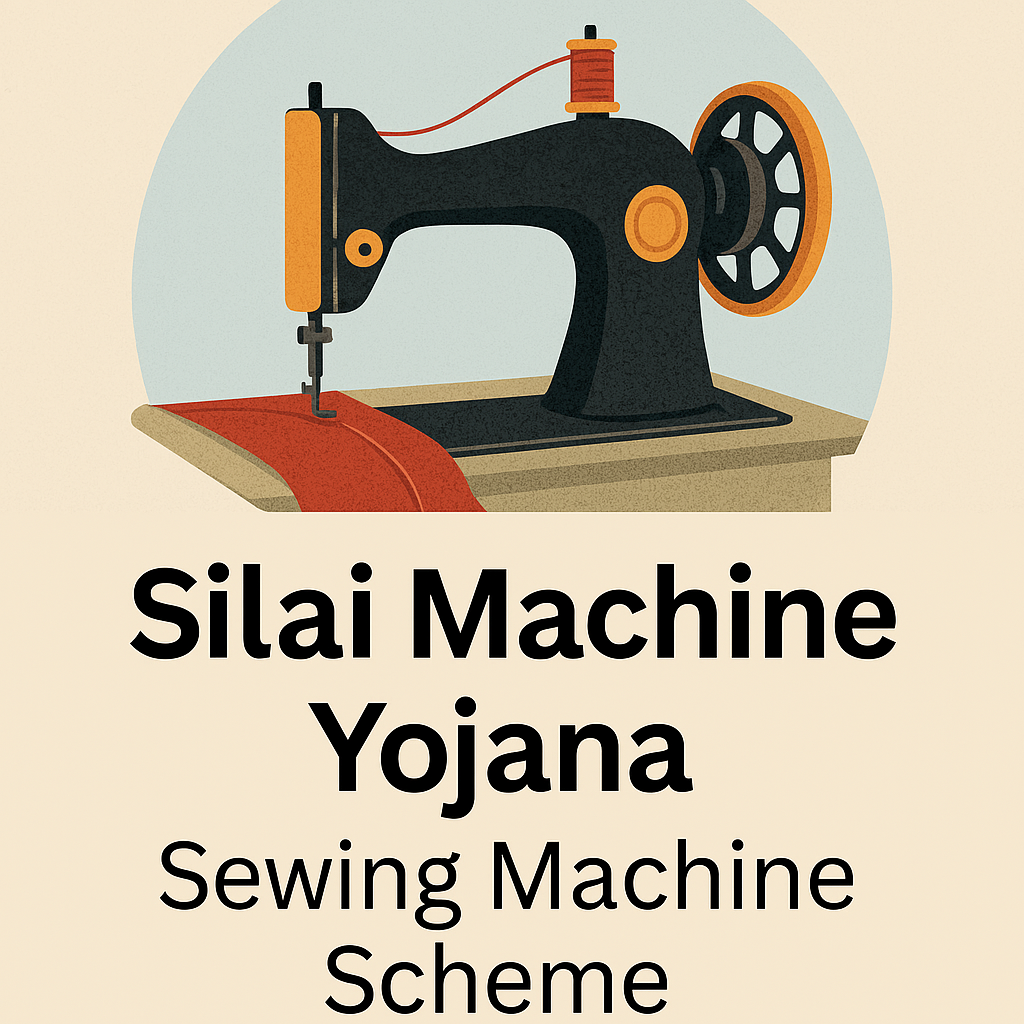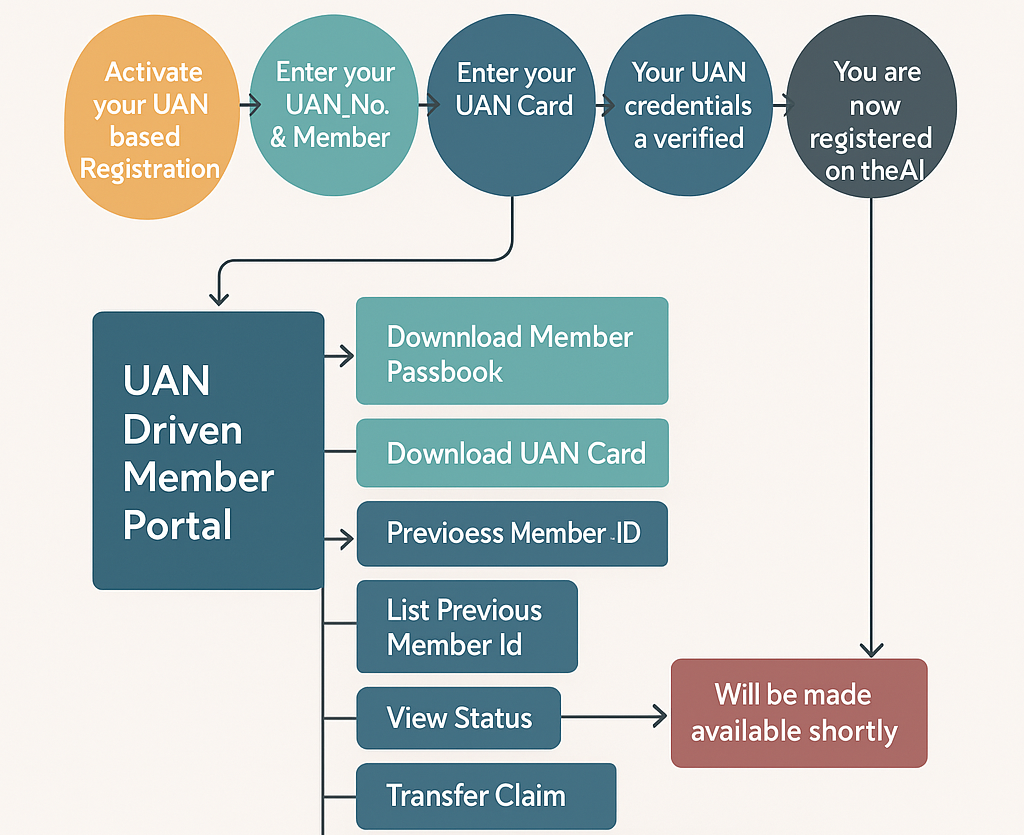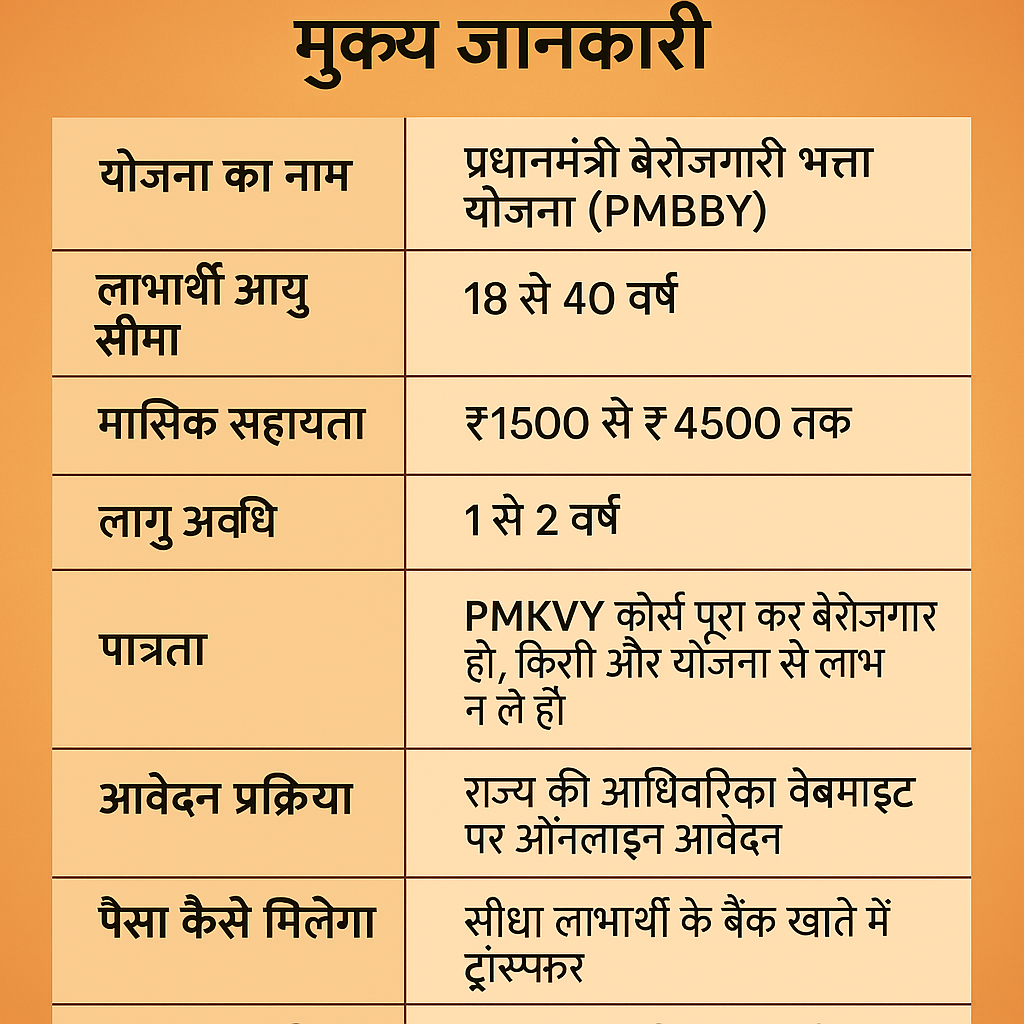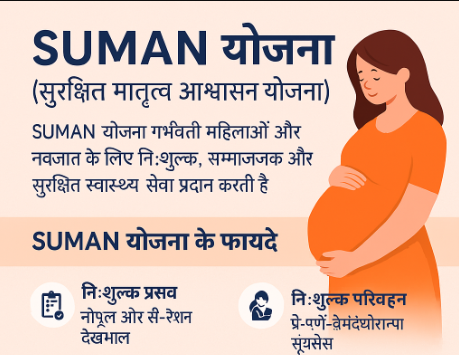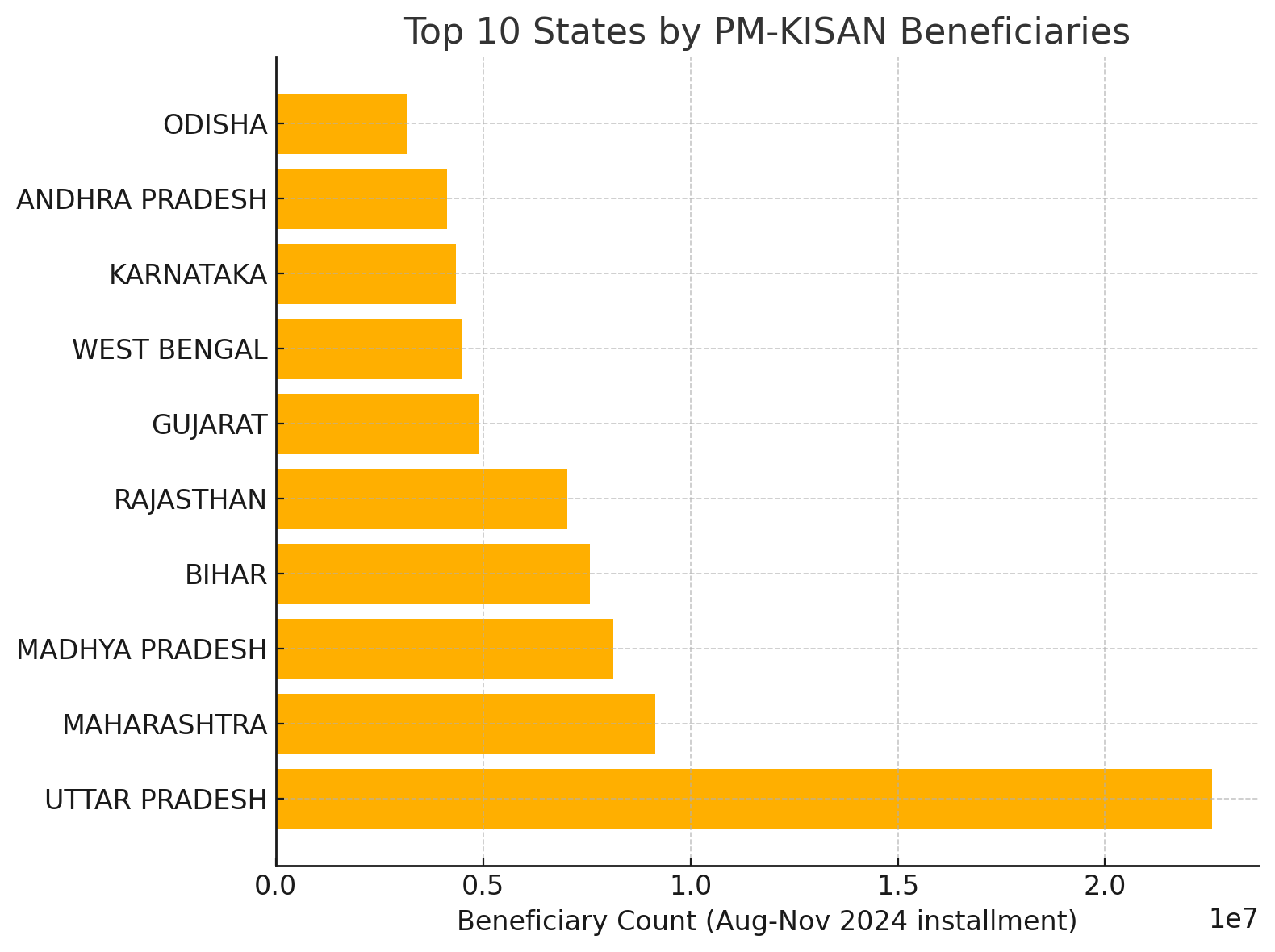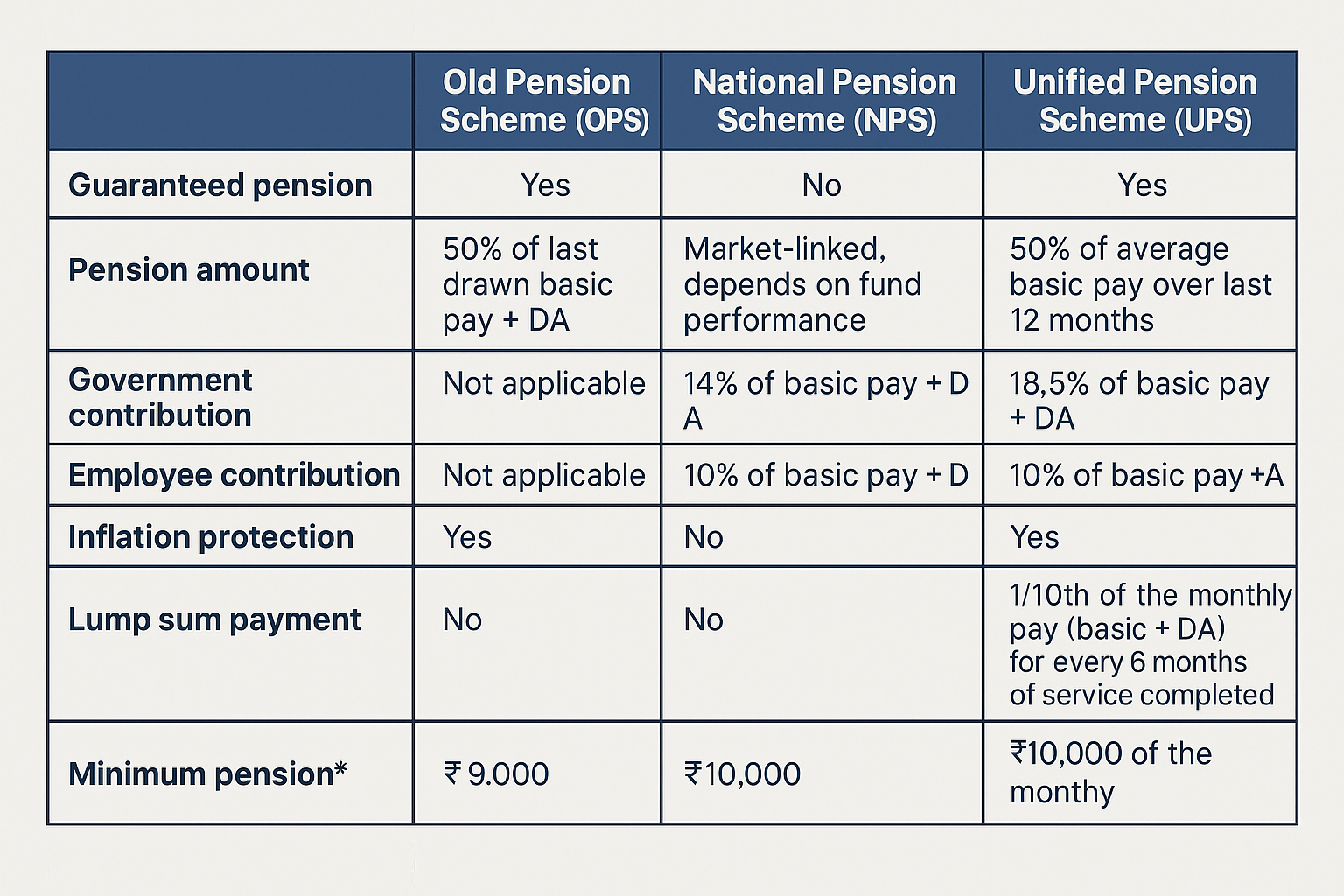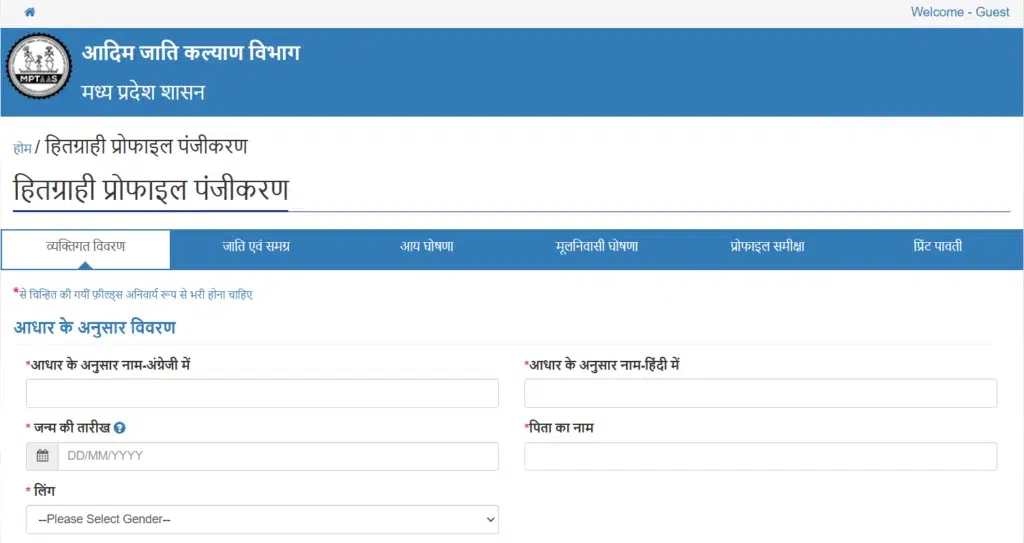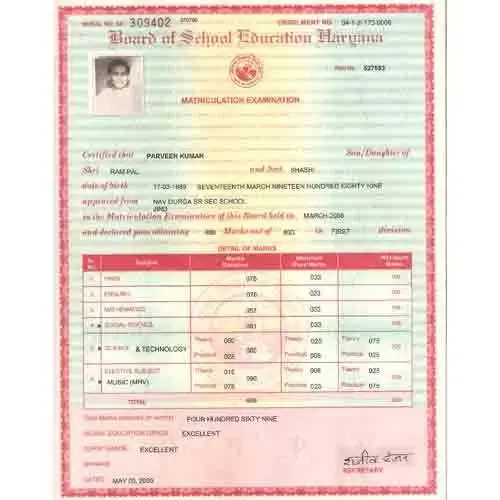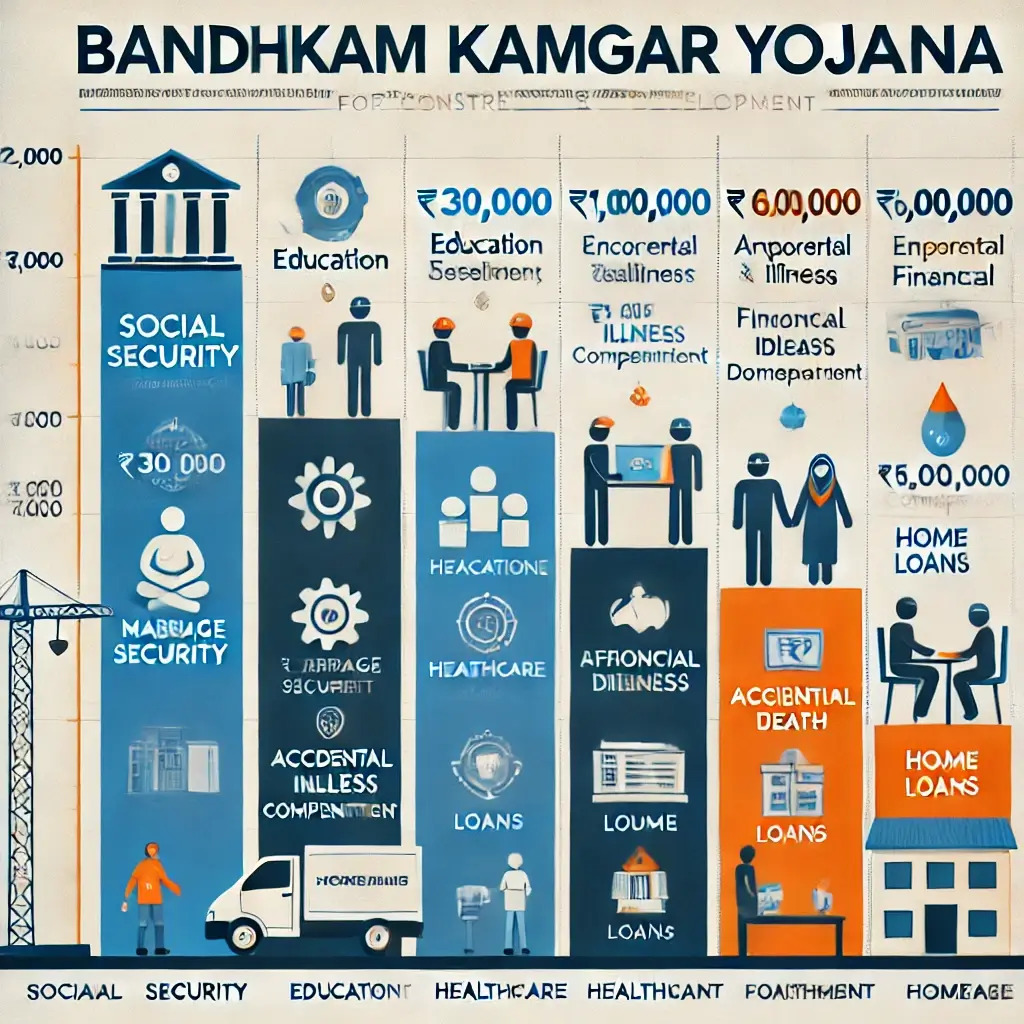
This content was recently updated by Sudhir Singh on April 2, 2025 to improve accuracy.
Back in 2021, Indian Railways introduced a new kind of coach called the M Coach—short for AC 3-Tier Economy. These coaches are designed to be more affordable than regular AC coaches, but with better features and a more pleasant travel experience.
Indian Railways wishes to provide a smooth and enjoyable travel experience for all passengers, regardless of origin. That is why they have worked so hard over the years to improve their services. Things are progressing well, from adding more trains to refurbishing stations and coaches.
One significant modification is the introduction of modern, more comfortable coaches.
These enhancements are intended to make train travels easier, more pleasant, and even more luxurious—all while keeping ticket prices reasonable.
This has made train travel more appealing, whether you use it frequently or only sometimes for long excursions.
Read More: Operation Amanat
So, what makes the M Coaches special?
They come with things like:
- Individual air vents so you can control how much cool air you get
- USB charging ports at every berth
- A smarter berth layout
- More space for more passengers
They also have labels like M1, M2, etc., to help you spot them on the reservation chart or train.
Right now, these coaches are only available on a few trains, but Indian Railways is planning to add them to more routes soon. It’s part of a bigger push to modernise train travel across the country.
What Does the “M” in M Coaches Mean?
If you’ve seen coach codes like M1 or just “M” when booking your train ticket, that’s one of these new AC 3-Tier Economy coaches. They’re basically a new category made to sit between the Sleeper class (non-AC) and the regular AC 3-tier class.
Here’s how coach codes usually work on Indian trains:
- S = Sleeper Class (non-AC)
- B = AC 3-Tier
- A = AC 2-Tier
- H = First Class AC
- D = Second Sitting (non-AC)
- C = AC Chair Car
- E = Executive Class
- M = AC 3-Tier Economy
The “M” coaches are meant to give you an AC ride without the usual AC price. They’re cheaper than regular AC 3-tier and a big step up from Sleeper.
Read More: Indian Railway Cloakroom Rules & Charges
What You Get in an M Coach?
These coaches are packed with features that make the journey more enjoyable:
1. More People Can Travel
Regular AC 3-tier coaches fit around 72 passengers. M Coaches fit up to 83 people. They made small changes to the layout so they could add extra berths—without making it feel too cramped.
2. Personal AC Vents
Instead of a single AC system for the whole coach, every passenger gets their own vent. That means you control how much air you want at your seat or berth.
3. Charging Points and Reading Lights
You’ll find a USB port and a small light at every berth. It’s great for charging your phone or reading at night without disturbing others.
4. New Interiors
The coaches have better lighting, fresh upholstery, and a modern look. It just feels more welcoming and cleaner than older coaches.
5. Better Safety and Accessibility
The ladders are easier to climb, the aisles are wider, and there are safety upgrades to help everyone—including seniors and people with disabilities—move around safely.
How Do M Coaches Compare to Regular AC 3-Tier?
Let’s break it down simply:
| Feature | AC 3 Economy (M Coach) | Regular AC 3-Tier |
|---|---|---|
| Passenger Capacity | 83 people | 72 people |
| Price | Cheaper (about 8–10% less) | Higher |
| Comfort | Slightly less space | More room per person |
| Amenities | Personal vents, USB ports, lights | Shared AC and limited plugs |
| Best For | Budget-conscious AC travelers | Those who want more space |
Why Did Indian Railways Launch These?
The goal is to give more people access to AC comfort without the high cost. A lot of travelers want to avoid the heat and crowds of Sleeper class but don’t want to spend extra for a full AC ticket. M Coaches are perfect for them.
These new coaches can help reduce overcrowding, make train travel more comfortable for more people, and even boost earnings for Indian Railways. Plus, they might encourage travelers to pick trains over buses or flights—good for the planet and for passengers.
What’s Next for M Coaches?
Thanks to the positive feedback, Indian Railways is planning to add more M Coaches to trains across India. You’ll likely see them on many popular routes in the coming months.
This move is part of a bigger plan to upgrade the entire railway system—like better stations, faster trains, digital bookings, and more eco-friendly travel options.
Final Thoughts
With M Coaches, Indian Railways is giving passengers something we all want: better comfort at a lower price. These coaches strike a great balance between affordability and modern convenience.
For millions of people in India, M Coaches are more than just a new type of train compartment—they’re a welcome upgrade that makes train travel easier, safer, and more enjoyable.





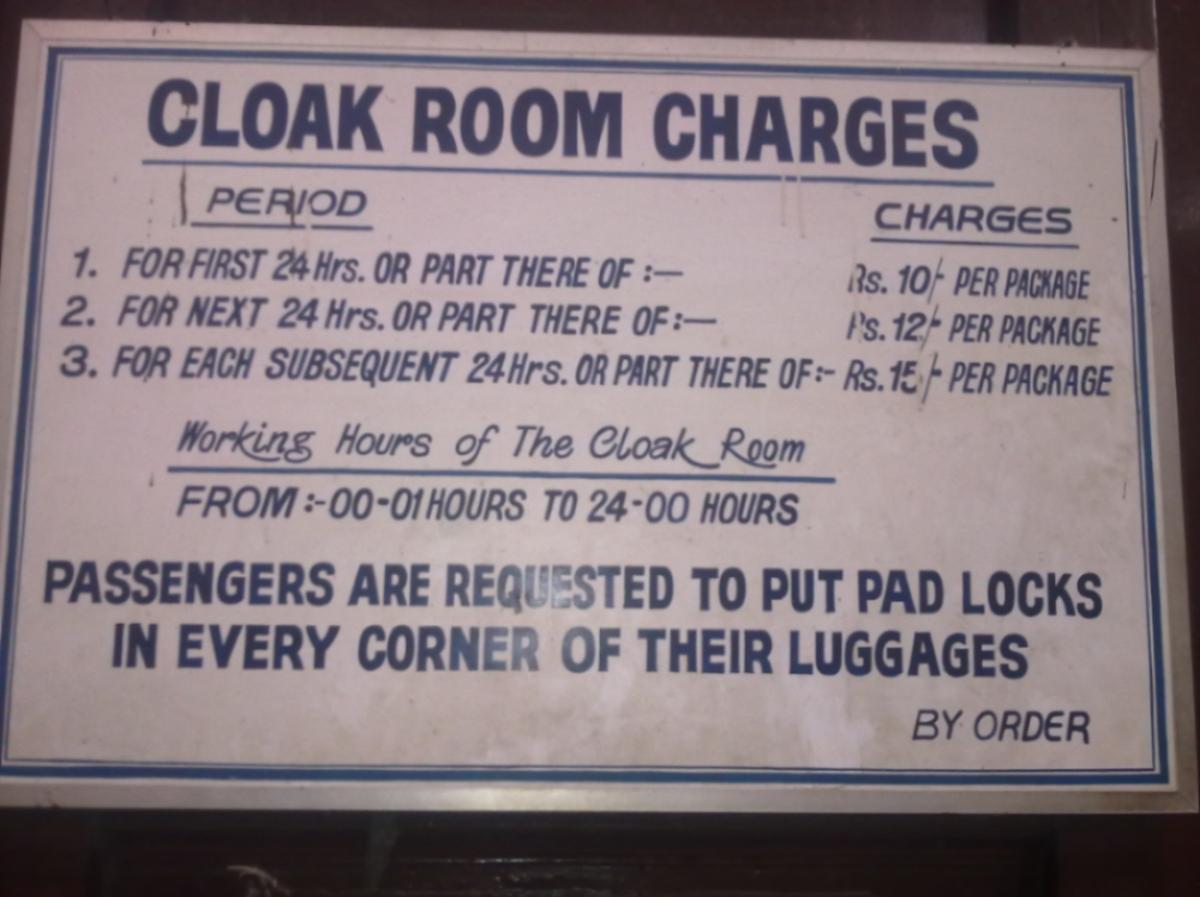
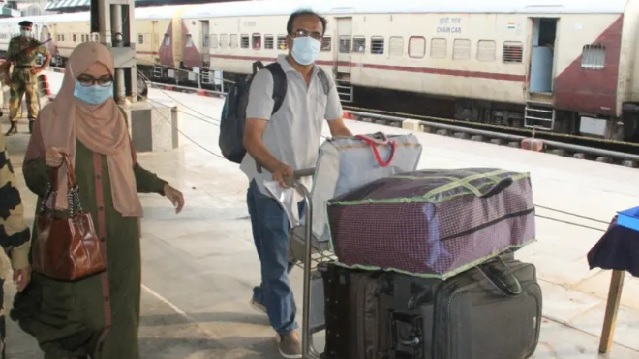

![12 Government Schemes Urban Poor Must Know About [2025 Guide]](https://indiansouls.in/wp-content/uploads/2025/05/image-1.jpg)




